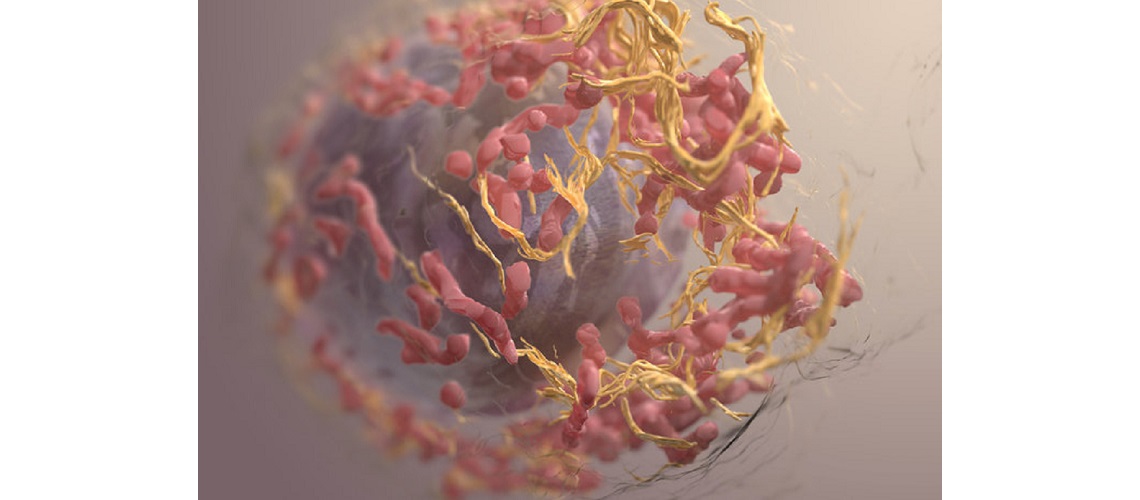Researchers at Tel Aviv University (TAU) say they have unravelled the metastatic mechanism of melanoma, the most aggressive of all skin cancers.
According to a paper published Monday in the journal Nature Cell Biology, the scientists discovered that before spreading from the epidermis — the outer layer of the skin where the disease originates — to other organs, a melanoma tumor sends out tiny vesicles containing molecules of microRNA. These cause morphological changes in the dermis — the inner layer of the skin — to prepare it to receive and transport the cancer cells. The researchers also found chemical substances that can stop the process and are therefore promising drug candidates.
“The threat of melanoma is not in the initial tumor that appears on the skin, but rather in its metastasis — in the tumor cells sent off to colonize in vital organs like the brain, lungs, liver and bones,” said research leader Dr. Carmit Levy of the Department of Human Molecular Genetics and Biochemistry at the TAU’s Sackler School of Medicine. “We have discovered how the cancer spreads to distant organs and found ways to stop the process before the metastatic stage.”
Read the full article at Times of Israel










